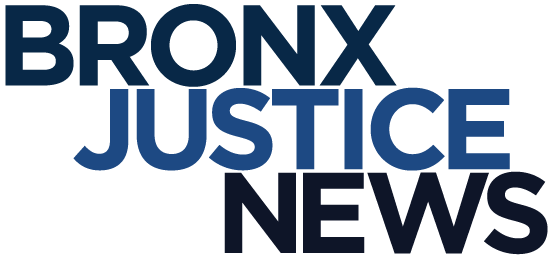
By Kevin Deutsch
[email protected]
New York City’s COVID-19 small business relief program – meant to shore up struggling local merchants – has awarded just one percent of its loans to Bronx businesses so far, with 99 percent going to owners in other boroughs, city officials said.
Department of Small Business Services Commissioner Gregg Bishop, speaking at a City Council committee hearing on small business Wednesday, said the city’s two COVID financial assistance programs for small businesses – the NYC Employee Retention Grant, and the NYC Business Continuity Loan Fund – are paying out millions.
But the distribution of funds has been far from equal, critics charge.
Through the employee retention fund alone, SBS has approved financial assistance totaling more than $19 million for over 2,600 small businesses, Bishop said. Yet Just three percent of those grant funds have gone to Bronx businesses as of last week, Bishop disclosed, with the remainder going to other boroughs.
SBS’s other COVID funding program, the Business Continuity Loan Fund, has approved over 170 loans worth more than $10 million, Bishop said. But less than one percent of its loan funds – about 0.4 percent – have been paid to small Bronx businesses.
Bishop said both programs have seen “enormous demand.”
“We received thousands of applications and are expecting to award about $20 million in loans” from the continuity fund, Bishop said.
“The need far outweighs our ability to help on the local level,” he added.
Small business advocates and politicians in the Bronx blasted the disparities revealed by Bishop.
“Unfair numbers delivered today by @NYC_SBS speaking to the real reality of the #cityoftwotales,” City Councilman Mark Gjonaj, char of the small business committee, said in a Tweet Wednesday. “As of 4/26, 1% of SBS COVID-19 loans were given to Bronx businesses, compared to 66% distributed to Manhattan & 3% of all grants were given to the Bronx, compared to 53% in Manhattan.”
The main reason for the disparity, Bishop said at the meeting, is that a majority of businesses qualifying for the loans are in Manhattan.
City data shows about 40 percent of qualifying small businesses are on the island, while roughly eight percent are in the Bronx.
“What you are seeing is a ratio that matches the general landscape of small businesses in the city,” Bishop said.
Infected residents here are dying at higher rate than those of any other borough. The Bronx is home to tens of thousands of of low income-workers now keeping the city’s economy afloat, many of whom are employed by small businesses.
“Talk about the disenfranchisement of a borough,” Michael Brady, CEO of the HUB/Third Avenue Business Improvement District, said in a Tweet during Wednesday’s meeting. “This is absolutely insane. What is [Mayor Bill de Blasio] even thinking!”
A note on the continuity loan program’s application page Wednesday said application intakes had been “paused” due to “overwhelming interest.”
The program, announced March 27, was designed to offer financial assistance to “small businesses in New York City as they deal with various challenges in response to the novel coronavirus,” according to a press release issued last month by SBS.
The release said: “This investment is a public-private partnership between Goldman Sachs 10,000 Small Businesses, Tapestry, Inc.’s Coach Foundation and Pursuit to provide loans to New York City’s small businesses affected by COVID-19.”
Qualifying businesses, the release stated, “will be eligible for loans of up to $75,000 to help retain employees and ensure business continuity. The loan can be deployed for a variety of uses, including working capital, inventory, or other investments.”
